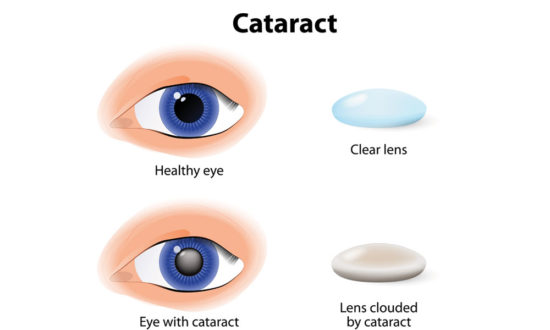Important Facts For Prelims
Aspirin to Prevent Cataract
- 03 Aug 2020
- 2 min read
Why in News
Recently, scientists from the Institute of Nano Science & Technology (INST) have developed nanorods from the Non-Steroidal Anti-Inflammatory Drug (NSAID) Aspirin to prevent cataracts in an economical and less complicated way.
- Aspirin is a popular medication used to reduce pain, fever, or inflammation and now it has been found to be an effective non-invasive small molecule-based nanotherapeutics against cataract.
- INST is an autonomous institute under the Department of Science and Technology, Government of India.
Key Points
- Cataract:

- It is a major form of blindness that occurs when the structure of crystallin proteins that make up the lens in human eyes deteriorates.
- Such deterioration causes damaged or disorganised proteins to aggregate and forms a milky blue or brown layer, which ultimately affects lens transparency.
- As with ageing and under various conditions, the lens protein crystallin aggregates to form opaque structures in the eye lens, which impairs vision and causes cataract.
- Thus, prevention of the formation of these aggregates as well as their destruction in the early stage of disease progression is a major treatment strategy for cataracts.
- Usage of Aspirin:
- The scientists have used the anti-aggregation ability of self-build aspirin nanorods as an effective non-invasive small molecule-based nanotherapeutics against cataract.
- It prevents the protein from aggregation through biomolecular interactions, which convert it into coils and helices and consequently fail to aggregate.
- Significance:
- Aspirin nanorods due to their nano-size are expected to enhance the bioavailability, improve drug loading, lower toxicity, etc.
- Hence, the delivery of the aspirin nanorods as eye drops is going to serve as an effective and viable option to treat cataract non-invasively.
- It is easy to use and a low-cost alternative nonsurgical treatment method and will benefit patients in developing countries who cannot access expensive cataract treatments and surgeries.






